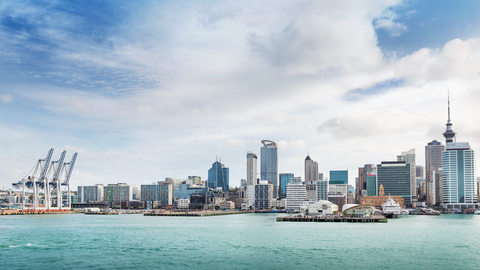
Spark – a telecom and digital services company in New Zealand – has partnered with Auckland Transport (AT) to install 5G in Auckland’s central business district. The IoT-enabled infrastructure includes 5G connected lighting, smart benches with charging capability, smart trash cans, and parking sensors.
“We’re learning how to use smart infrastructure in a way that works for Auckland so we can leverage applications as they evolve and become more commonplace,” said Auckland Transport group manager technology solutions, Chris Creighton. “For example, we estimate Aucklanders visiting the city can spend up to one third of their journey searching for a carpark, so we’re working with Spark to explore ways to help Aucklanders find available car parks quicker by installing 200 smart parking sensors throughout the Quarter.”
The smart lighting can generate heat maps of foot traffic to help AT identify any “choke points” to better inform future infrastructure planning, as well as monitor air and noise pollution. Some lights are fitted with 5G connected CCTV which are able to capture high definition video even at night, and can be remotely controlled to help reduce energy consumption.
Solar-powered smart benches for charging smart phones and electric scooters have also been installed, along with smart bins that can detect when they’re full and then contact the city for service.
“We are excited to launch our commercial 5G network in downtown Auckland today, building on the private network we have in place to support Emirates Team New Zealand and the launch of Spark Race Zone last month,” said Spark Technology lead, Renee Mateparae. “Our partnership with AT is about helping bring to life the significant contribution 5G and IoT will make in addressing urban, economic and sustainability challenges across the country. We know from existing research that IoT applications can improve quality of life significantly by saving us time, improving health and safety outcomes, reducing environmental impact, and boosting social connectedness and civic participation.”